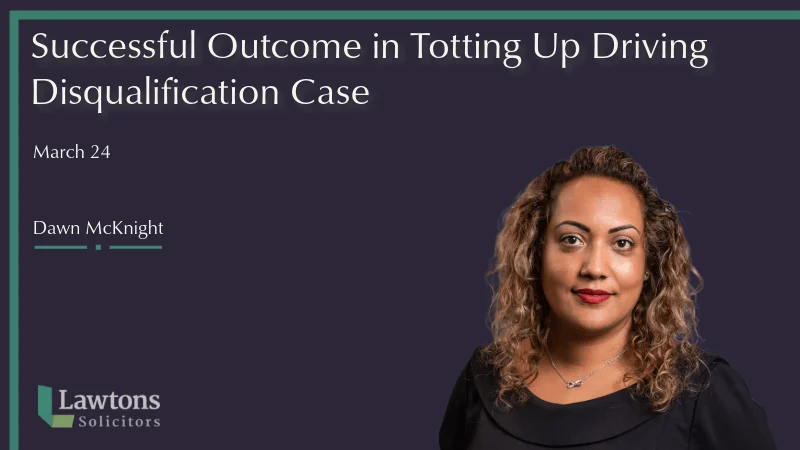A hierarchy of road users
In short, a new hierarchy ensures that road users who can do the greatest harm have the greatest responsibility to reduce any danger or threat they may pose to other road users. Those who are at the greatest risk of harm – pedestrians and then cyclists – are at the top of the hierarchy, with those who pose the most risk – HGVs and large passenger vehicles – at the bottom.
The objective of the hierarchy is not to give priority to pedestrians, cyclists and horse riders in every situation, but to ensure a more mutually respectful and considerate culture of safe and effective road use that benefits all users.
Whilst there has not been any actual change in the law, this change of emphasis may well be reflected in how courts view who is culpable in road traffic accidents, for instance. The driver of an HGV who collides with a pedestrian or cyclist will now have to show the extent to which they took responsibility proportionate to the risk they pose, as the largest, most dangerous road user.
Prioritising pedestrians
There are now clearer priorities given to pedestrians, particularly at junctions, with clarifications on where pedestrians have right of way. This rule is aimed at drivers, motorists, horse riders and cyclists. The Highway Code now states that at a junction, drivers should give way to pedestrians crossing or waiting to cross a road that they are turning into. Previously, vehicles had priority at a junction.
Drivers should also give way to pedestrians waiting to cross a zebra crossing, and pedestrians and cyclists waiting to cross a parallel crossing (which is a combined pedestrian and cycle crossing).
Again, whilst there are no changes in the Road Traffic Act 1988 and associated laws, this change to prioritising pedestrians may well affect how courts make findings in contested cases. The obvious example is a collision between a vehicle and a pedestrian at, for instance, a left-hand junction. The driver will be expected to stop and give way to the pedestrian as he crosses the road. In proceedings for driving without due care or dangerous driving, this change will be very significant and may well tip the balance in a court’s decisions as to who was at fault.
Changes for cyclists
There is now also a requirement for drivers to give priority to cyclists when they are turning into or out of a junction, or changing direction or lane, just as they would for other motor vehicles. Again, this is a significant change in emphasis, which will protect cyclists and place a further burden on drivers to show they are in compliance with this guidance.
When turning into or out of a junction or changing direction or lane, drivers can no longer cut across cyclists going straight ahead, causing them to stop or swerve. This applies when cyclists are using a cycle lane, cycle track or the road.
Presiding magistrates, district judges and Crown Court judges will all be very aware of these changes and may look to apply them to their verdicts and sentencing decisions. Drivers failing to adhere to these requirements could leave themselves open to charges of dangerous driving, driving without due care, or even more serious charges. The sentencing guidelines for dangerous driving currently lists as aggravating features the following:
“…failing to have a proper and safe regard for vulnerable road users such as cyclists, motorcyclists, horse riders, the elderly and pedestrians or, when in the vicinity of a pedestrian crossing, hospital, school or residential home.”
And:
“…aggressive driving, such as sudden lane changes, cutting into a line of vehicles or driving much too close to the vehicle in front.”
Since the Covid pandemic, there has been a huge increase in bike sales and cycling generally. It would appear that the Highway Code changes reflect an effort to protect cyclists, and give them enhanced status on the roads. It is vital that road users are aware of these changes and adjust their driving accordingly.
The impact of Highway Code changes
Vulnerable road users, specifically pedestrians and cyclists, are now given priority for consideration, with drivers’ rights now secondary. The changes place new burdens on drivers to demonstrate that they are driving in compliance with the code. In addition, acts of driving previously not held to be contrary to the Highway Code, such as not giving way to a pedestrian crossing a road junction, may now be criminalised.If you are involved in road traffic investigations or proceedings, it is vital that you obtain the best, most up-to-date legal advice, taking into account all changes as soon as they occur. And it is crucial that you receive this advice as early as possible, in the event of any proceedings.
We have a proven track record for obtaining the most favourable and beneficial outcomes in our clients’ road traffic cases, so please do not hesitate to contact us.





